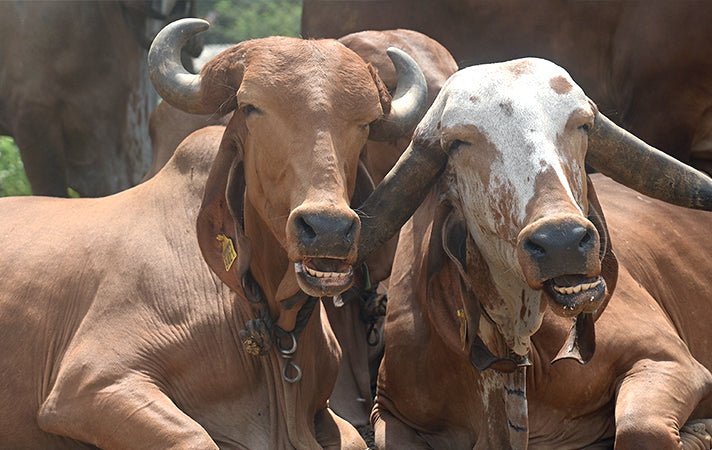How is Desi Ghee made by using Bilona Method?
It’s a relief to know about traditional and pure things to consume when we continuously fall under the trap of eating food that is made with chemicals and harmful processes. Cow’s Ghee is definitely an exception when it comes to your health. Ghee is been a part of our diets since forever and it’s time to rethink what we intake and its benefits. Along with adding flavours, cow’s ghee with its medicinal and digestion benefits. On top of that, if Bilona Method is involved, it’s the perfect cherry on the cake. Why is Bilona Method so important? Ghee is basically an aromatic elixir that was used to be made traditionally by a slow & elaborate process called the Bilona Method.This method required a lot more time and effort, swooping in mechanized processes which were quick but degraded the nutritional value of ghee. Now is the high time to let the Bilona Method make a comeback! Let’s dig deep into why the ghee made from the Bilona Method is superior to the regularly processed ghee. What is the Bilona process? The word “Bilona” comes from the wooden beater which was used in ancient times to churn out butter from the curd. We’ve broken down this process into several steps, let’s take a look at it: Step 1: Procurement and boiling At Gir Organic, we have 350+ Gir Cows who are fed 100% natural fodder. The first step is to procure the healthy A2 Gir Cow’s Milk and boil it over the firewoods. This is a long process of boiling which is beneficial in two ways. Firstly, this disinfects the milk and makes it completely safe for consumption. Secondly, it makes the A2 milk more concentrated. Step 2: Curdling of Milk This boiled milk is then cooled down and a spoonful of curd called jamavan is then added to the milk. Overnight, the milk is kept inside an earthen pot and gets converted into curd. Step 3: Churning A wooden churner called “Bilona” is used to churn the curd to get fermented makkhan (butter), this is the most important step of the whole process. This is a lengthy process that ends in the separation of curd into butter and buttermilk. Step 4: Separation After churning, the buttermilk is separated and we get makkhan floating on top. This makkhan can now be used to produce Tharparkar Cow Ghee. Step 5: Heating At a medium temperature, the makkhan is then melted by heating firewood in a container. In this boiling process, a visible solid layer is formed after a while indicating that A2 Ghee is about to be ready. At this point, one can smell the real aroma of organic cow ghee as it turns yellow-golden. Finally, this golden liquid is filtered through a strainer and stored in glass jars. Experience overall goodness of health with the traditional Bilona A2 Ghee Visit Desert Nomadic and get the best Cow’s A2 Ghee which can add the aroma of good health to your life.
How is Desi Ghee made by using Bilona Method? Read More »




